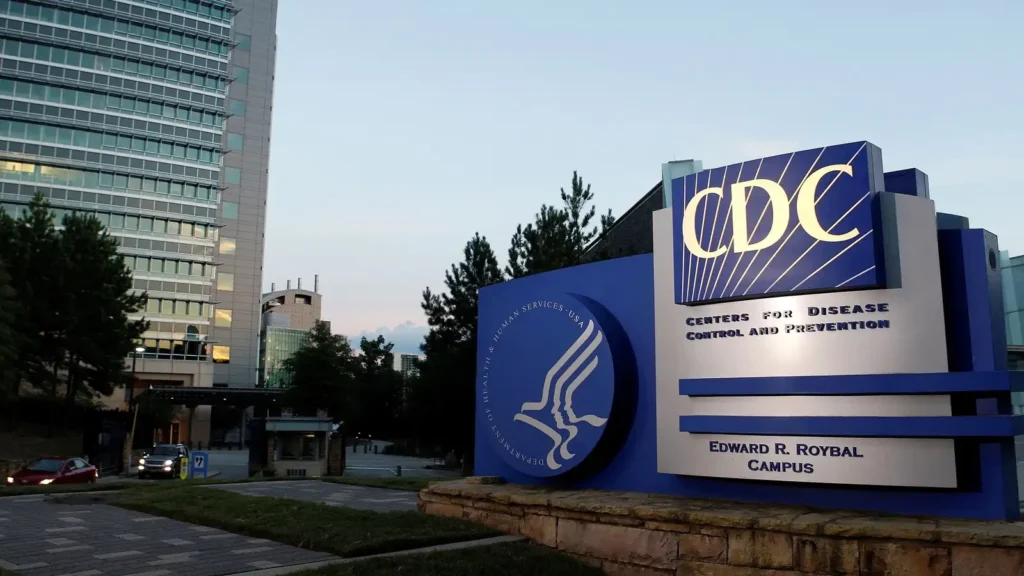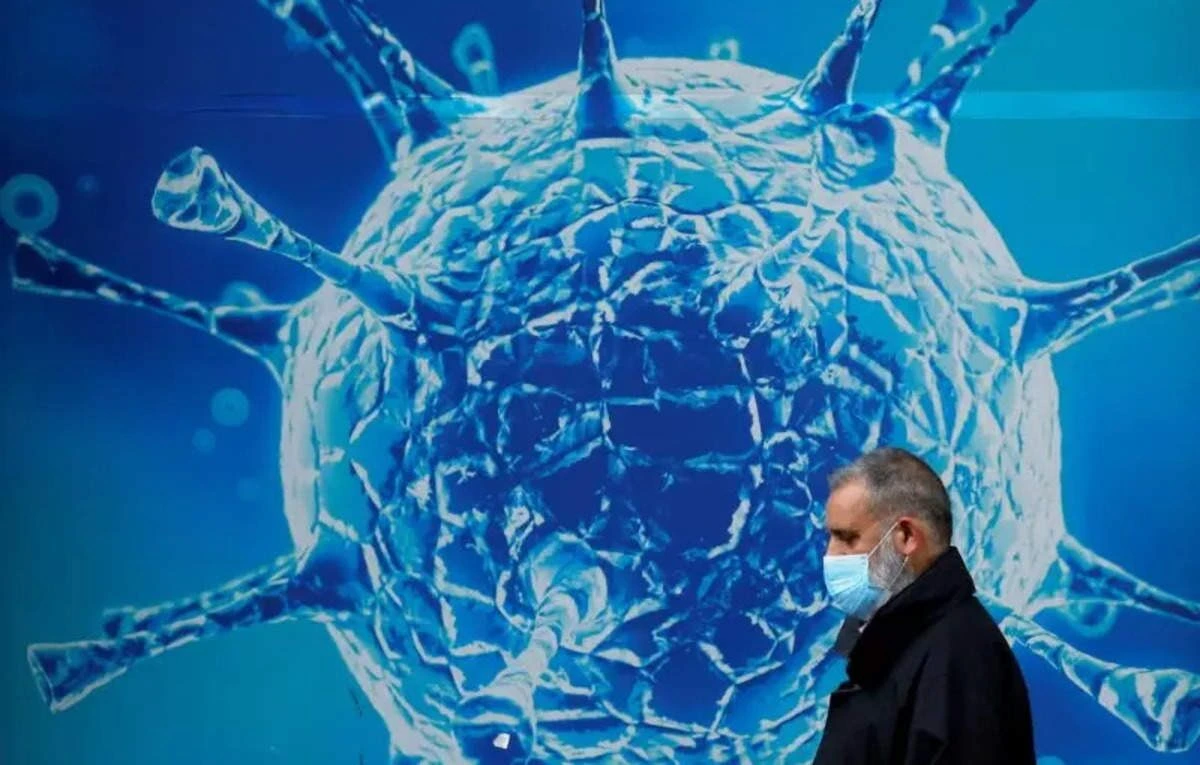In a recent update from the US Centers for Disease Control and Prevention (CDC), it has been revealed that the Omicron coronavirus subvariant JN.1 has quickly become the leading cause of Covid-19 infections in the United States. This variant, which was initially estimated to account for about 20% of cases, now constitutes a significant 44.2% of infections nationwide.
Rapid Spread and Regional Dominance:
As of the latest data, JN.1 is responsible for nearly 57% of new Covid-19 cases in the Northeastern region. The variant’s prevalence has surged from causing a third of new infections to now being the primary contributor, marking a rapid and substantial increase in a matter of days.
Global Presence and WHO Classification:
The global impact of JN.1 is evident, with reports of its presence in multiple countries. The World Health Organization (WHO) has designated JN.1 as a variant of interest, citing its “rapidly increasing spread.” However, the WHO emphasizes that the additional public health risk remains low at this time.
CDC: JN.1 Prevalence Doubles in US Nov-Dec:

According to the CDC, the incidence of JN.1 in the United States increased by over two times from late November to mid-December. Holiday travel and waning immunity are believed to be contributing factors to the variant’s accelerated spread. Experts tracking variants anticipate JN.1 to become the dominant coronavirus variant globally in the coming weeks.
Vaccine Immunity and Descendant Variant:
Despite its prominence, vaccine immunity is expected to remain “cross-reactive” to this new variant. This subvariant is a descendant of BA.2.86, which gained attention over the summer due to significant changes in its spike proteins.
Hospitalization Trends and Healthcare Strain:
Covid 19-related hospitalizations have increased, with 7 hospitalizations per 100,000 people in the week ending December 9, signifying a 3% rise. Over three-quarters of US hospital beds are currently occupied due to Covid 19 hospitalizations. While this aligns with trends from the past three years, the CDC warns that rising respiratory virus hospitalizations may strain healthcare resources in the upcoming weeks.
Flu Activity and Healthcare Preparedness:
In contrast to Covid-19, flu hospitalizations are on the rise but have remained relatively steady compared to recent weeks. CDC data indicates very high flu-like activity in five states and high activity in 15 states. As both viruses pose challenges to healthcare systems, vigilance and preparedness are crucial in managing the evolving public health landscape.
Stay informed and take necessary precautions to protect yourself and others as the situation develops.
Stay tuned for more exciting stories and subscribe to the USA Mirror newsletter to stay updated.
Thank you so much for reading. We appreciate you valuable time.
Frequently Asked Questions
How severe is JN.1 compared to previous variants?
While initial data suggests JN.1 is highly transmissible, there’s limited information on its potential for causing severe illness or increased hospitalization rates compared to earlier variants. Scientists are actively researching this and expect answers in the coming weeks.
Do existing vaccines effectively protect against JN.1?
Early assessments indicate that current COVID-19 vaccines, including updated boosters, still offer significant protection against this new variant infection and severe illness. However, further research is needed to determine the precise level of protection.
Will JN.1 trigger a new wave of infections in the US?
This new variant’s rapid spread raises concerns about a potential winter surge in cases. However, predicting the future course of the pandemic is complex and depends on various factors like vaccination rates, mask usage, and dominant circulating variants.
Should I take additional precautions due to JN.1?
While further data emerges, practicing general measures like mask-wearing in crowded settings, frequent handwashing, and staying up-to-date on vaccinations remain crucial to avoid any Covid-19 variant, including this variant.
When can we expect more definitive information about JN.1?
Scientists are actively studying JN.1, and more concrete answers to these questions are expected within the next few weeks or months as further data analysis and research progress.




